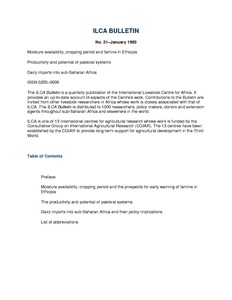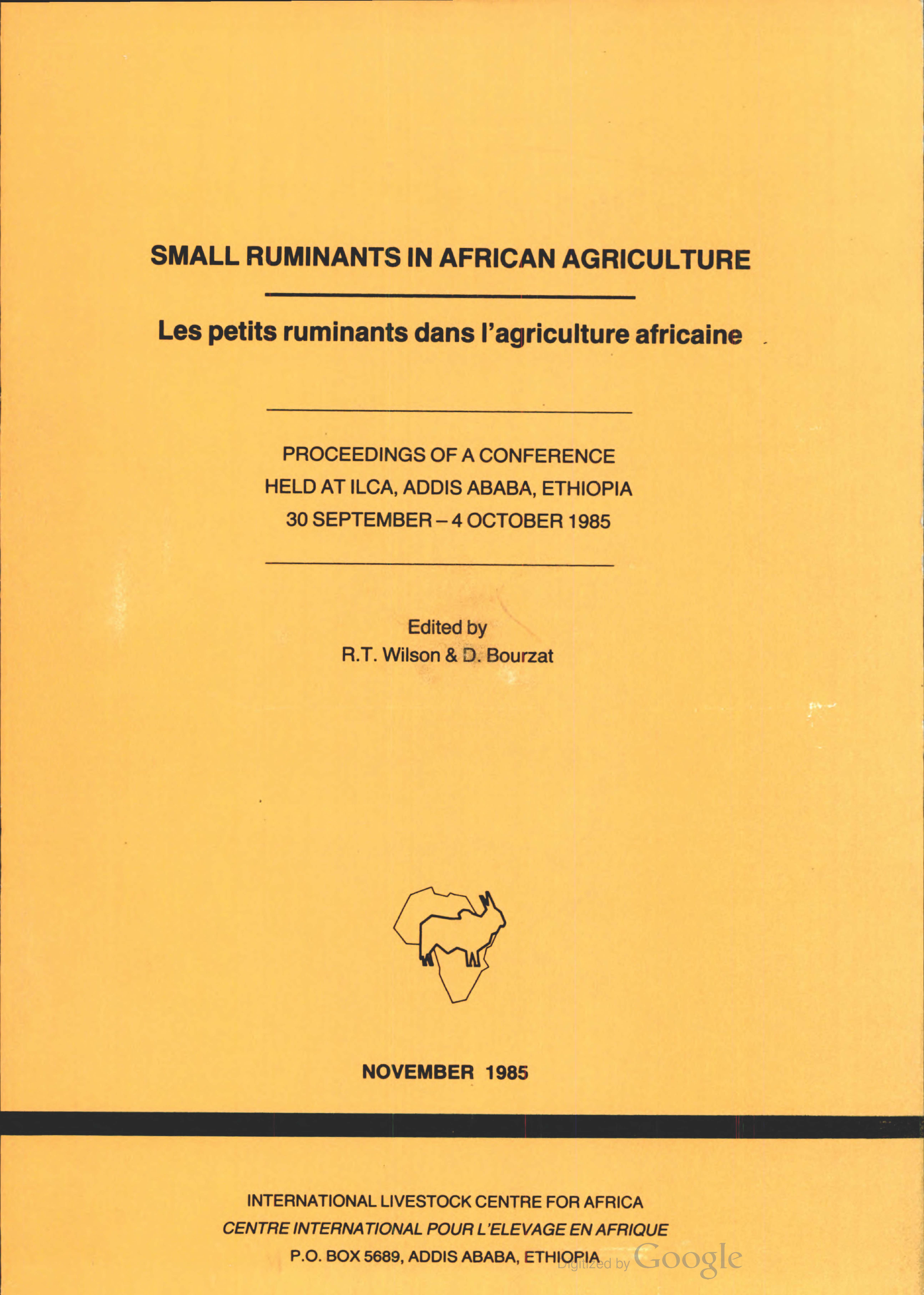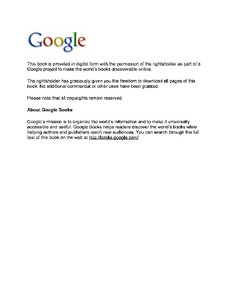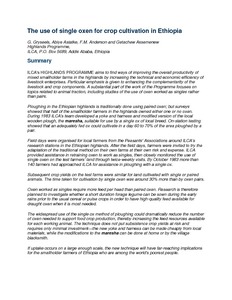Location
Vision, mission and strategy
ILRI's strategy 2013-2022 was approved in December 2012. It emerged from a wide processof consultation and engagement.
ILRI envisions... a world where all people have access to enough food and livelihood options to fulfil their potential.
ILRI’s mission is... to improve food and nutritional security and to reduce poverty in developing countries through research for efficient, safe and sustainable use of livestock—ensuring better lives through livestock.
ILRI’s three strategic objectives are:
- with partners, to develop, test, adapt and promote science-based practices that—being sustainable and scalable—achieve better lives through livestock.
- with partners,to provide compelling scientific evidence in ways that persuade decision-makers—from farms to boardrooms and parliaments—that smarter policies and bigger livestock investments can deliver significant socio-economic, health and environmental dividends to both poor nations and households.
- with partners,to increase capacity among ILRI’s key stakeholders to make better use of livestock science and investments for better lives through livestock.
This is ILRI’s second ten-year strategy. It incorporates a number of changes, many based on learning from the previous strategy (2000–2010, initially produced in 2000 and modified in 2002), an interim strategy (2011–2012) and an assessment of the external and internal environments in which the institute operates.
Members:
Resources
Displaying 1091 - 1095 of 1152Comprehensive policies and programmes for livestock development in Africa: Problems, constraints and necessary future action
Discusses the problems of livestock development in Africa - at producer, government and funding agency level; the basic constraints and planning approaches to livestock development; land tenure policies; livestock marketing & pricing policies; animal disease control and eradication policies; and behaviour of the producer in his environment.
Causes de mortalite avant le sevrage chez les ovins et caprins du systeme agropastoral du Mali central
Etude ayant pour objet de determiner, en partant d'observations cliniques faites tout au long de l'annee 1983 au niveau des troupeaux de petits ruminants suivis par le CIPEA, les causes de mortalite les plus connues avant sevrage afin de pouvoir entreprendre des essais visant a leur reduction au niveau des memes troupeaux.
Small ruminants in African agriculture: Proceedings of a conference held at ILCA, Addis Ababa, Ethiopia
The use of single oxen for crop cultivation in Ethiopia
Reports experiences with on-farm trials to assess the use of single oxen for work on mixed smallholder farms in the central highlands of Ethiopia, with particular reference to draft power and agricultural production, design and testing of the single ox technique, and results obtained during the 1983 crop year and future prospects with respect to feed requirements and advantages of using the single ox.






